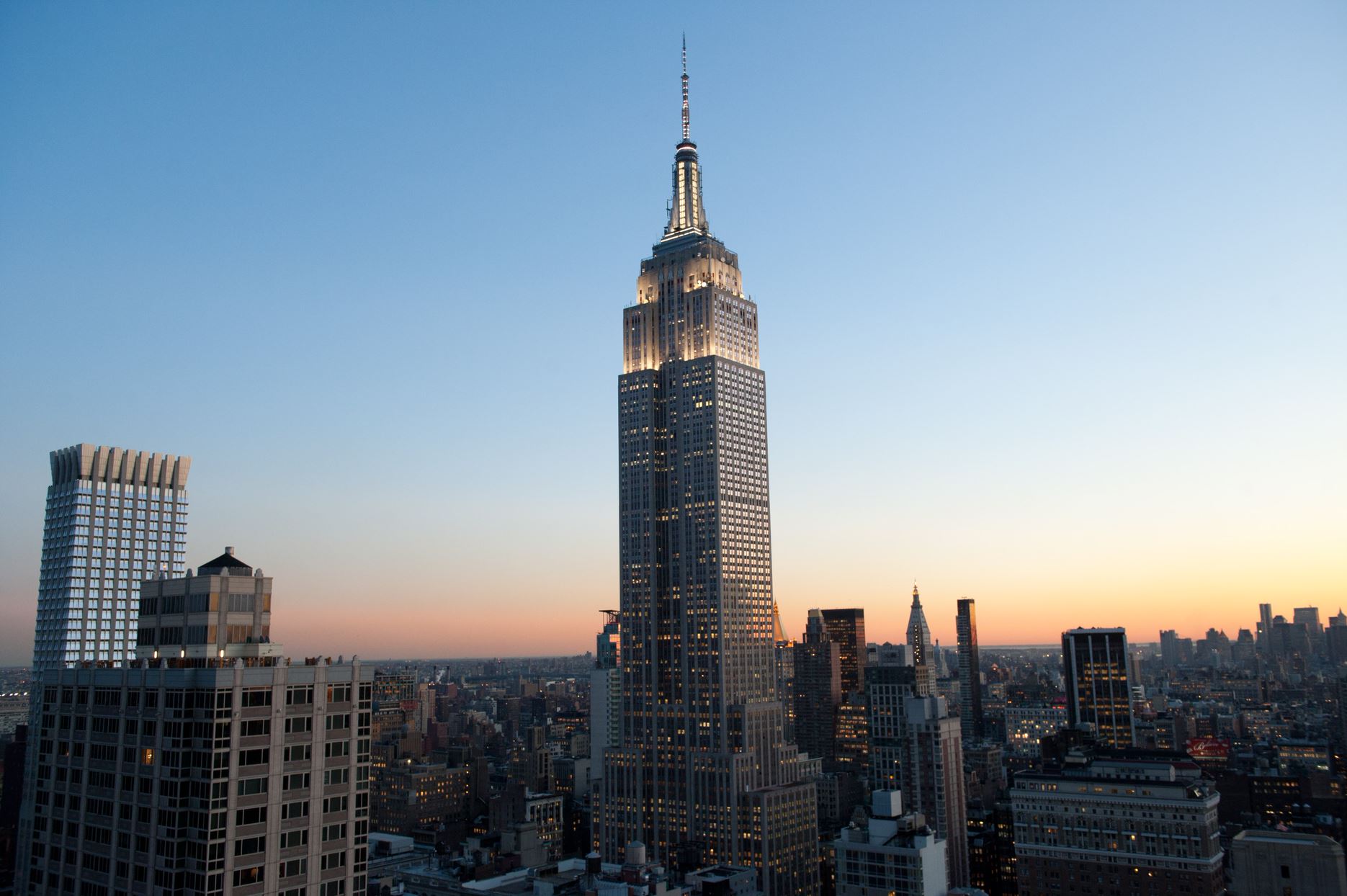On July 28, 1945, a B-25 Mitchell bomber on its way to La Guardia Airport through a dense fog was told that there was zero visibility and to land at Newark instead. But the pilot became disoriented by the fog and turned right instead of left after passing the Chrysler Building. He swerved to avoid the Empire State Building, but slammed right into it, between the 78th and 80th floors.
On impact, the plane’s fuel exploded, causing a fire that reached down to the 75th floor. One engine shot through the south side opposite the impact, flew as far as the next block, dropped 900 feet (270 m), landed on the roof of a nearby building, and caused a fire that destroyed a penthouse art studio. The other engine and part of the landing gear fell down an elevator shaft, causing another fire.
“In the other side of the office, all I could see was flames,” one witness said. “Mr. Fountain was walking through the office when the plane hit the building and he was on fire—I mean, his clothes were on fire, his head was on fire. Six of us managed to get into this one office that seemed to be untouched by the fire and close the door before it engulfed us.”
“I was at the file cabinet and all of a sudden the building felt like it was just going to topple over,” another said. “It threw me across the room, and I landed against the wall. People were screaming and looking at each other. We didn’t know what to do. We didn’t know if it was a bomb or what happened.”
Fourteen people were killed—three crew members and eleven civilians inside the building. Fortunately, because it was a Saturday, there were fewer people inside than there would have been on a weekday. Material damage was estimated at $1 million (around $15 million in today’s money).
The government offered compensation to families of the victims. Some accepted, but others initiated a lawsuit that resulted in landmark legislation. The Federal Tort Claims Act of 1946, for the first time, gave American citizens the right to sue the federal government.
Unfortunately, less than a year later, it happened again. On May 20, 1946, an U.S. Army Air Forces Beechcraft C-45F Expediter slammed into the north side of a 925-foot-high building at 40 Wall Street in a heavy fog. All five crew members were killed.
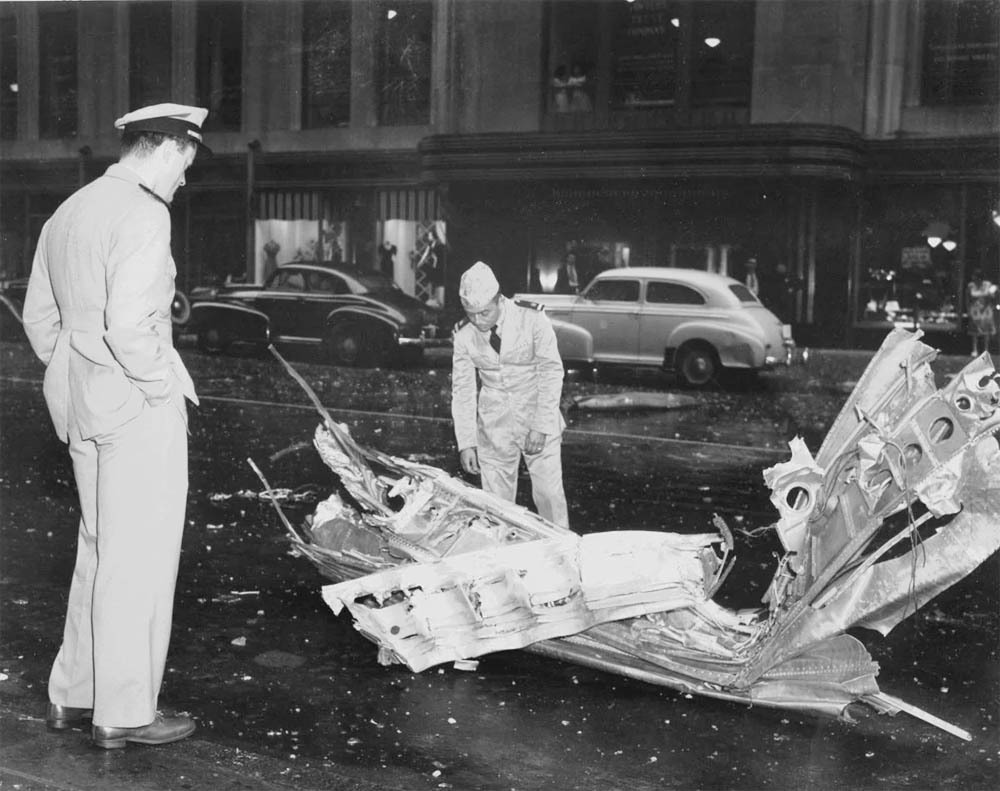
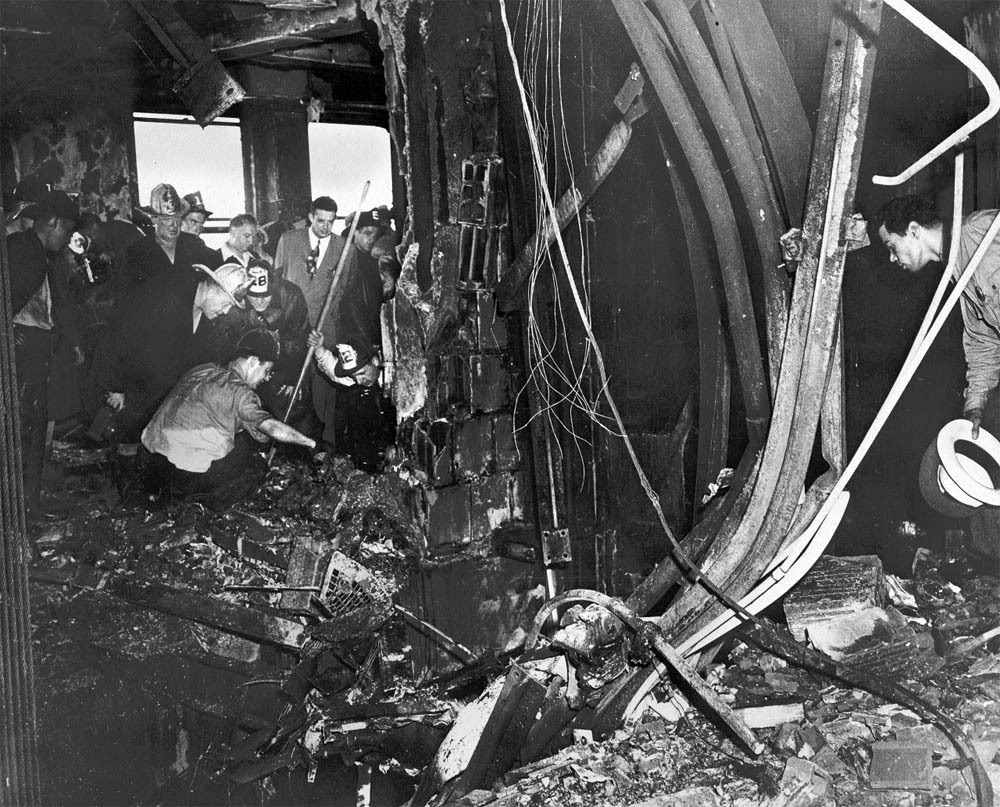
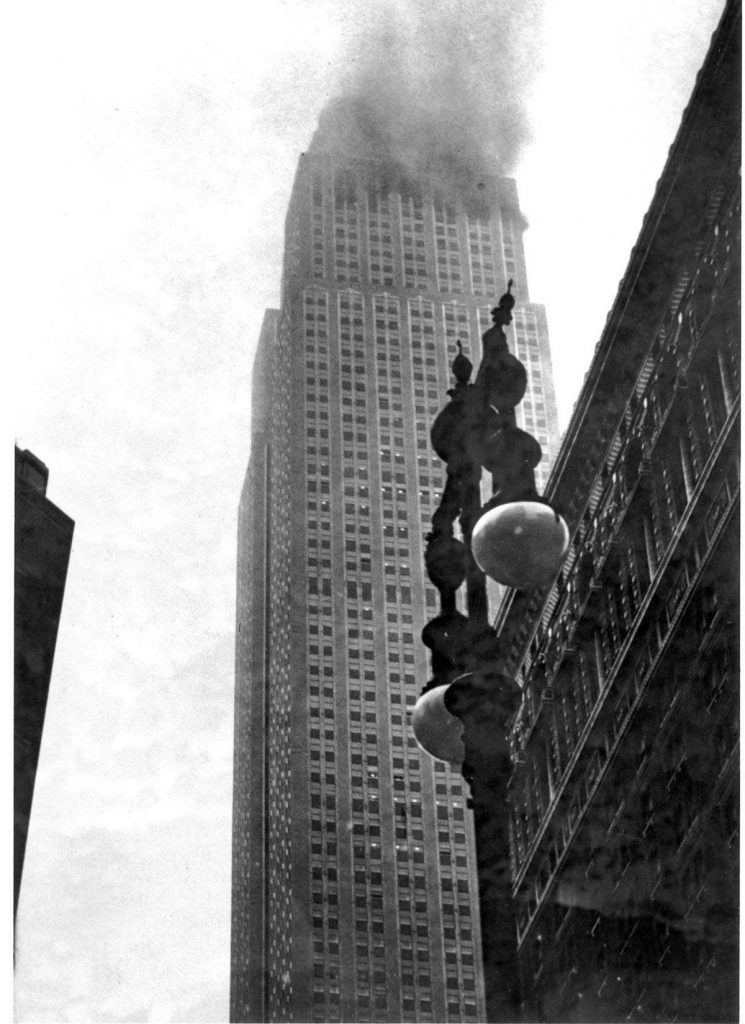
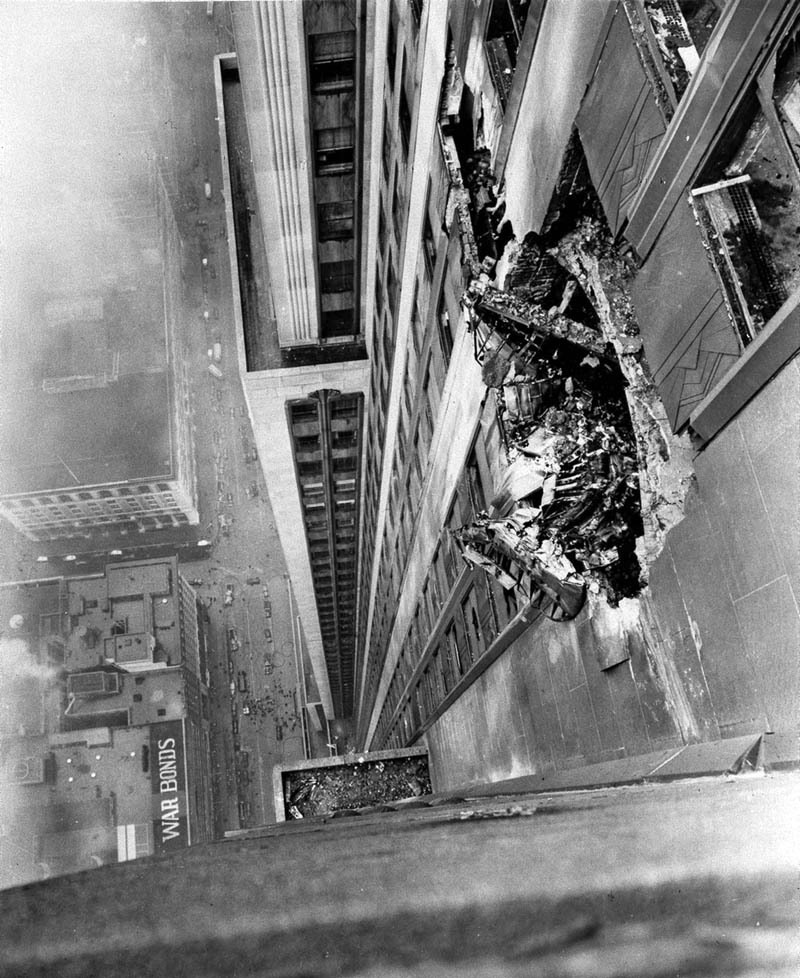
- Kamala Harris Ad PARODY
- EMERGENCY ALERT!! ⚠️ MILITARY TASK FORCE 46 DEPLOYED IN USA – MASS EVACUATIONS – PREPARE NOW!!
- EMERGENCY ALERT!!⚠️ AWACS SYSTEMS DEPLOYED OVER USA – RUSSIAN & CHINESE NUCLEAR BOMBERS OFF US COAST
- Wicked Sacrifices: Kate Spade & Robin Williams
- Archie Bunker on Democrats
Views: 51

